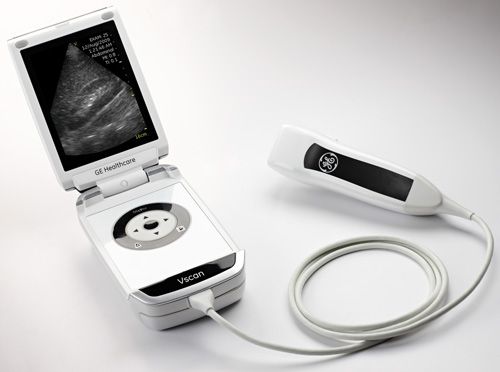Other Ultrasound
Using Ultrasound for Anesthesiology
While many are familiar with the use of ultrasound for pre-natal images, there is much more to ultrasound than that. In fact, it can be used for a long list of applications ranging from urology to rheumatology and numerous approaches in between. One such application is that of anesthesiology, where it is used to make surgeries safer and recovery time shorter.
For a number of years, ultrasound guided regional anesthesiology (UGRA) has become a routine practice at a number of hospitals. It is often combined with a POCUS approach, and is showing to be extremely effective. At the Hospital for Special Surgery of New York, NY, it was found that UGRA has shown a significant improvement in determining where to apply anesthesia and the results meant less pain and few complications after orthopedic surgery.
Using UGRA means that anesthesiologists can more accurately administer anesthesia without risk of hitting blood vessels, muscles or nerves.This is because the visual provide by an ultrasound allows better efficiency regarding the angle of injections, nerve blocks such as upper extremity blocks, neuraxial blocks, femoral nerve blocks, brachial plexus blocks, regional pain blocks and better placement of epidurals.
In a study done in June of 2013 by the Academic Emergency Medicine Journal, it was found that using ultrasound guided anesthesiology reduced the risk of vascular puncture significantly – plus there was an increase in the nerve block duration of 25% and 29% faster onset time! In addition, for older adults undergoing surgery for hip fracture related pain, the post op pain was greatly minimized.
This more direct approach also means a decrease in vascular puncture, fewer side effects and recovery issues like postoperative nausea and vomiting, a strong need for prescription pain meds, less hospital acquired infection rates and better muscled function.
Plus, when UGRA is combined with the POCUS approach to care, physicians are able to get better views of a problem or condition and treat it more quickly and more successfully. Better yet, research is already being done to use ultrasound and 3D and 4D technology to better improve the delivery of localized anesthetics for orthopedic patients. Definitely a win for all parties involved!
As medical technology continues to evolve and expand, there are sure to be many more ways that ultrasound can be used to make the life of both doctors and patients better. It is certain the UGRA and POCUS approach will become the standard and not the exception, making an ultrasound unit – be it handheld or stationary- a must have for every healthcare facility.
If you are looking into an ultrasound unit for your practice, or have additional questions about using ultrasound technologies, please be sure to give our team at National Ultrasound a call. We would love to help your practice thrive!

